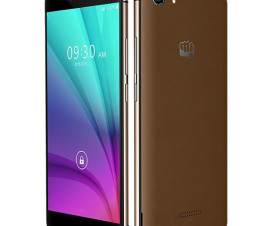So do you have a Brand new Android Smartphone from Oppo called Oppo N1 and want to root it to get most out of your Oppo Smartphone then you can check the guide below. Before proceeding to root your device go here and have some knowledge about what rooting in Android means.Before proceeding to root your device let’s have a quick look at some of the pre-requisites listed below, to avoid any damage to your device. Quick Pre-Requisites:
- Make a backup of all of your data to a safe location, so as to avoid any data loss while rooting your device.
- Enable USB Debugging on your device from the Developer Options menu by following appropriate steps.
- Make sure your device is charged to at least 50%, so as to avoid bricking of your device while rooting.
Assuming that you have done with all the above steps, you can now proceed to root your device by using the below listed steps.
Disclaimer: We should not be held liable or responsible for any damage occurred to your device. Proceed at your own risk!!!!
Root Oppo N1:
1. Download and install Oppown-build3.apk from here or from here to your PC.
2. Connect your phone to PC and copy the apk file to your device’s SD card.
3. Enable Unknown sources options from the applications menu in settings.
4. Install the apk on your device and open it and wait for 1-2 minutes.
5. Now download the SuperSU app from Play Store and open the app, to make sure you have root access.
6. Download the Terminal Emulator from Play Store and enter the below commands. Adb uninstall com.qualcomm.privinit
7. If you want to check whether your device is rooted successfully or not you can use Root Checker App from the Play Store.
That’s it now you have successfully rooted your Oppo N1 device and do let us know in the comment section if you face any issues while rooting your device.


